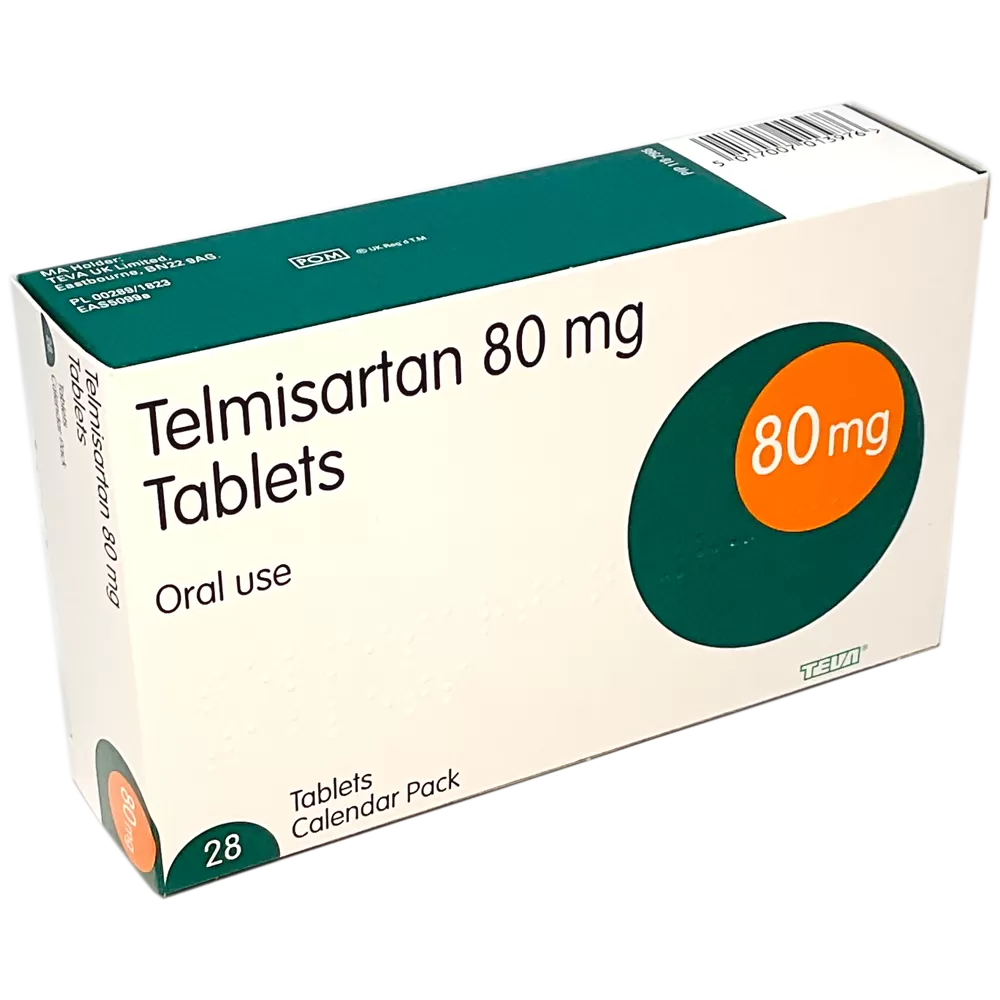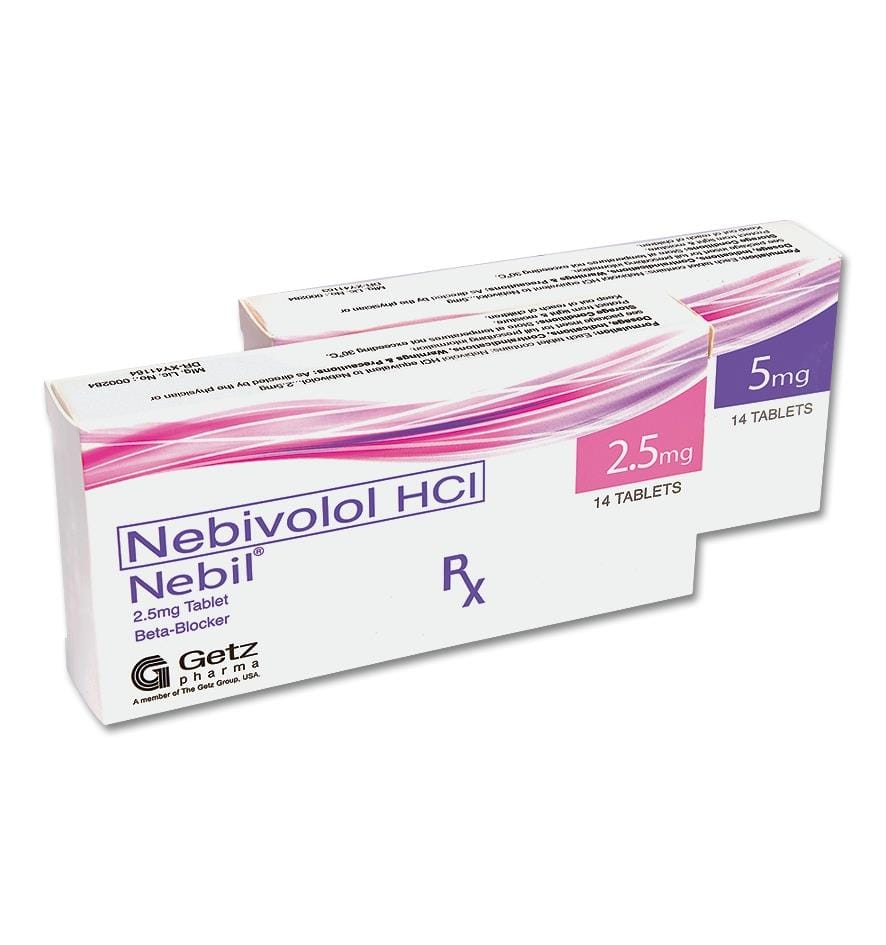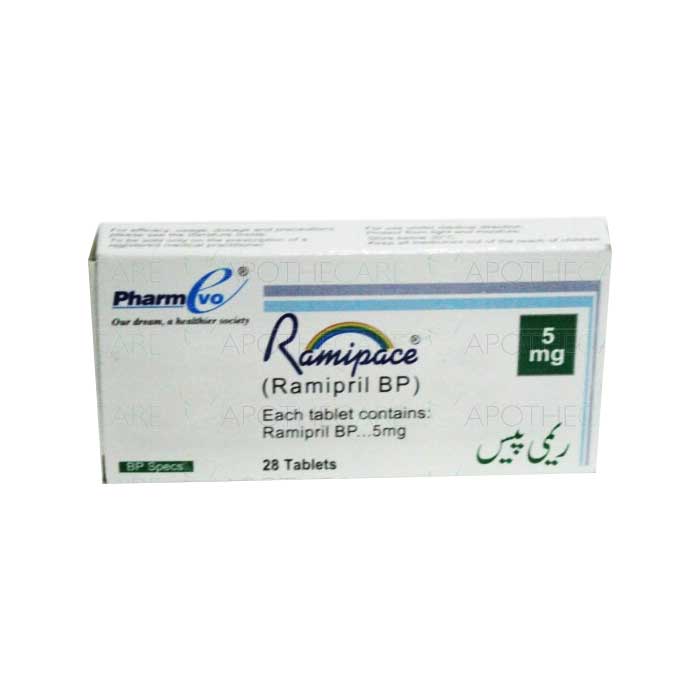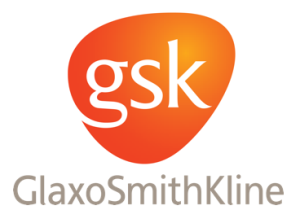No products in the cart.
Telmisartan available under the brand names of Telsarta, Misar, Talam etc. is a prescription drug used to treat high blood pressure (hypertension). It is an angiotensin receptor blocker (ARB) that works by blocking the action of a hormone called angiotensin II, which constricts blood vessels and raises blood pressure. Telmisartan is available in tablet form and is commonly marketed under the brand name Micardis.















